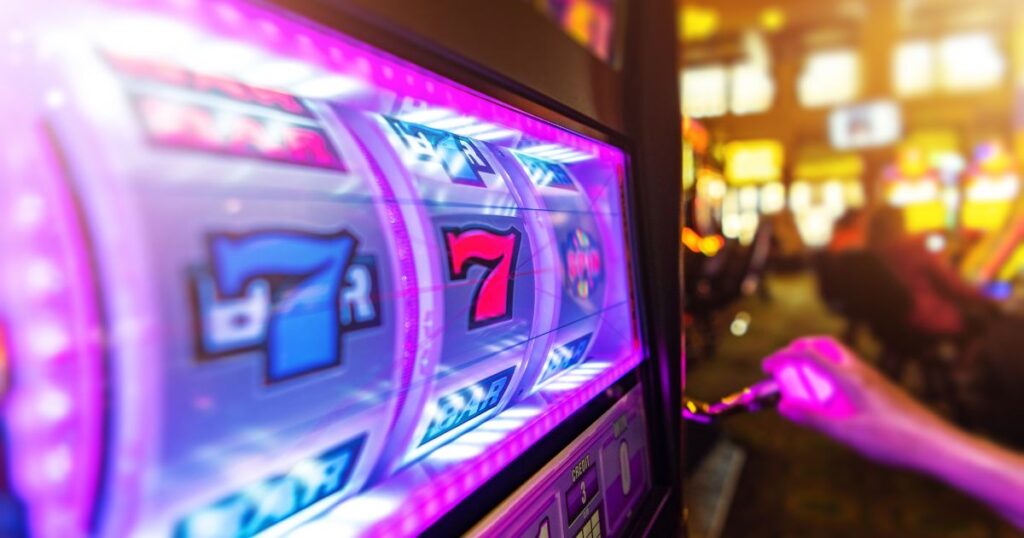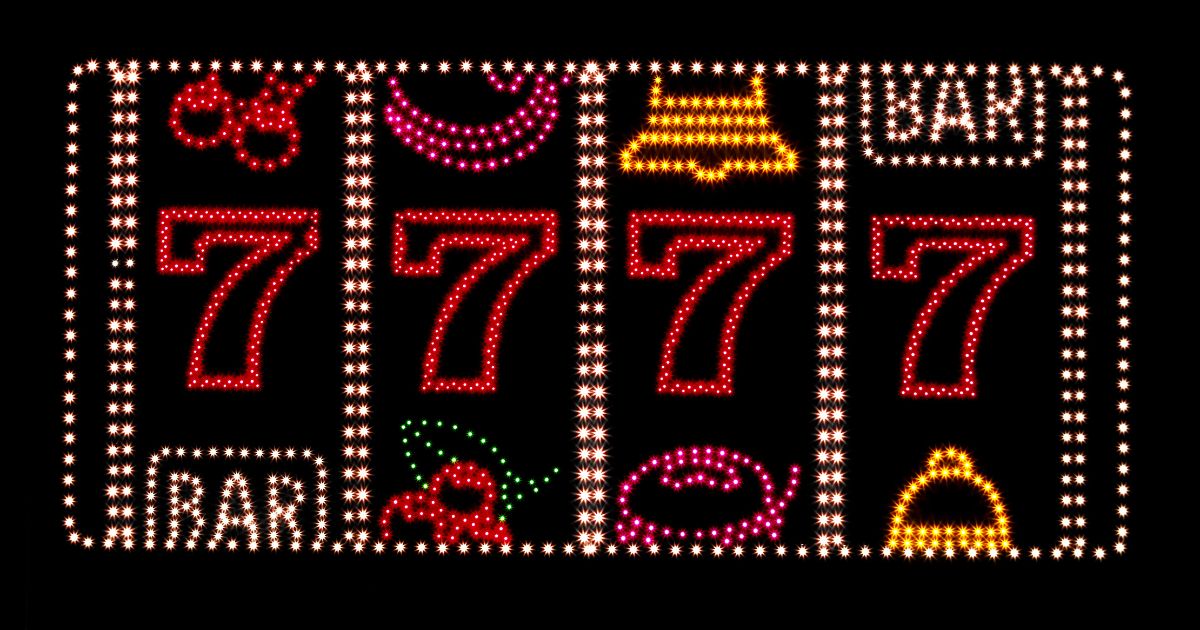When it comes to gambling, it’s hard to imagine a game as ubiquitous and widespread as slots. Walk into any casino and you’ll find rows upon rows of slot machines, each with flashing lights and tantalising promises of fortune. Slots have come a long way from their mechanical roots, evolving into high-tech marvels of entertainment and chance. In this guide, we will delve deep into the world of slots, breaking down how they work, their history, and the various strategies players use to try to tip the odds in their favour.
The History of Slot Machines
Slots, or ‘one-armed bandits’ as they were affectionately called, began their life in the late 19th century. The first version of the slot machine was invented by Charles Fey in 1895 and was known as the Liberty Bell. It was a simple mechanical machine with three spinning reels and a handful of symbols, including horseshoes, stars, and bells. Its simplicity and ease of play ensured its popularity and the archetype was born.
With the advent of technology, slots have undergone enormous transformations. The digitization of slot machines in the 1970s paved the way for video slots, which replaced the physical reels with computer graphics, allowing for more creative and elaborate gameplay.
Today, online slots have taken the stage, providing players the convenience of gambling from the comfort of their homes, with themes ranging from classic fruit machines to intricate storylines set in fantastical worlds.
How Slots Work: The Mechanics Behind the Magic
The apparent simplicity of slots can be deceiving. Modern slot machines, whether they’re physical or online, rely on Random Number Generators (RNGs) to determine the outcomes of each spin. An RNG is a computer algorithm that ensures each spin is independent and completely random, eliminating any possibility of predicting the results. This randomness is fundamental to ensuring fairness and maintaining the house’s edge.
However, understanding paylines, symbols, and bonuses can enhance the player’s experience. Paylines are the lines that determine winning combinations. While classic machines may have had a single payline, modern slot machines can feature dozens, increasing the complexity and potential for wins. Symbols can include anything from traditional cherries and bars to thematic icons, and landing certain combinations can trigger bonus rounds or free spins, increasing the player’s potential winnings.
Strategies and Myths: Navigating the World of Slots
Despite being games of chance, players have devised numerous strategies to maximize their winnings. One common strategy is bankroll management, where players set limits on how much they’re willing to spend and stick to it, preventing significant losses. Another approach involves selecting slots with higher RTP (Return to Player) percentages, as these statistically offer better returns over long-term play.
Many myths surround slot machines. Some players believe in ‘hot’ and ‘cold’ machines, thinking that if a machine hasn’t paid out in a while, a big win is just around the corner. As we’ve established, because each spin is purely random, such thinking holds no real ground.
The Future of Slots
With technology continuously evolving, the future of slots looks promising. Virtual reality is beginning to make its mark in casinos, offering players immersive experiences where they can virtually step into a themed world. Innovators are exploring the potential of skill-based elements, allowing players to use their abilities to influence outcomes in certain games, which could introduce a new dynamic to how slots are played.
Ultimately, slots will undoubtedly remain a cornerstone of the gambling industry, continually adapting to the demands and preferences of players while retaining the simple charm that made them a staple of entertainment in the first place.




More Stories
How to Bet from Your Phone, Even If You Have Weak Internet
Cyprus Residency vs. Citizenship: What’s the Difference?
5 Tips for Choosing a Barndominium Floor Plan for Your Dream Home